From bone dry Chablis to very sweet Vin Santo, you’re guaranteed to find the perfect match for your taste buds. In this article, we’ll be taking a deep dive into the many different types of white wines and try to simplify the white wine sweetness chart, so that even new wine enthusiasts can understand exactly where their favorite wine lands, in terms of sweetness.
Make sure to read this article until the end to find everything you need to know about white wines from sweet to dry.
White Wine Sweetness Chart
During winemaking, a fermentation process is used to convert the sugars found naturally in grapes into alcohol. As the wine ferments longer, the amount of residual sugar in the wine decreases, making the wine more dry overall. In a nutshell, dry wine has little or no residual sugar, whereas sweet wines have a larger amount of residual sugars.
One common misconception about dry wines is that they can make your mouth feel strange or dry out. Actually, this has less to do with the wine being "dry" and more to do with the tannin or acidity levels. Because white wines lack tannins, the levels of acidity can cause a drying sensation in the mouth. Our sense of smell also has a strong influence on our perception of sweetness. A wine that smells sweeter will taste sweeter, as you might expect.
Below, you’ll find a list that explains how much sugar is in each wine and how they’re labeled according to it.
Very Sweet - 120+ grams/Liter of residual sugar
(72–130 sugar calories per glass).Sweet - 35 - 120 grams/Liter of residual sugar
(21–72 sugar calories per glass).Off-Dry - 17 - 35 grams/Liter of residual sugar
(6–21 sugar calories per glass).Dry - 1 - 17 grams/Liter of residual sugar
(0-6 sugar calories per glass).Bone-Dry - <1 gram/Liter of residual sugar
(<1 sugar calories per glass).
Get updates on the latest posts and more from Wine Bugle straight to your inbox.
White Wines Sweet to Dry List
Wine Folly's highly educated writers have created an excellent chart that depicts the sweetness levels of white wines. As previously stated, many factors, such as residual sugars, tannins, acidity, time spent in barrel, aging, and whether or not a wine is fortified, can influence the overall impression that a wine leaves, so we'll go over the main styles and some characteristic wines that you can try if you want to experience each type.
Here's a table for quick reference to make it easy for you:
| Dryness | Wines |
|---|---|
| Very sweet | Moscatel dessert wine, Passito wines, Vin Santo, Ice wine, Pedro Ximenez Sherry, Rutherglein Muscat |
| Sweet | Late harvest white wines, Sauternes, Auslese Reisling, Tokaji, White Port |
| Semi-sweet | Moscato, Gewürztraminer, French Pinot Gris, Spatlese Riesling |
| Off-dry | Kabinett Riesling, Chenin Blanc, Müller-Thurgau |
| Dry - peach, flower and sweet lemon | American Pinot Gris, Viogner, Dry Riesling, Torrontes |
| Dry - yellow apple and pineapple | Chardonnay, Marsanne, Roussanne, Semillon, Trebbiano |
| Dry - grapefruit and green apple | Vermentino, New Zealand Sauvignon Blanc, Dry Chenin Blanc |
| Dry - savory flavors and herbs | French Sauvignon Blanc, Verdejo, Grüner, Veltliner, Verdicchio, Colombard |
| Bone dry | Italian Pinot Grigio Albarino Soave Dry Furmint, Gavi, Muscadet, Chablis, Grenache Blanc, Macabeo, Vinho Verde, Grillo, Arinto |
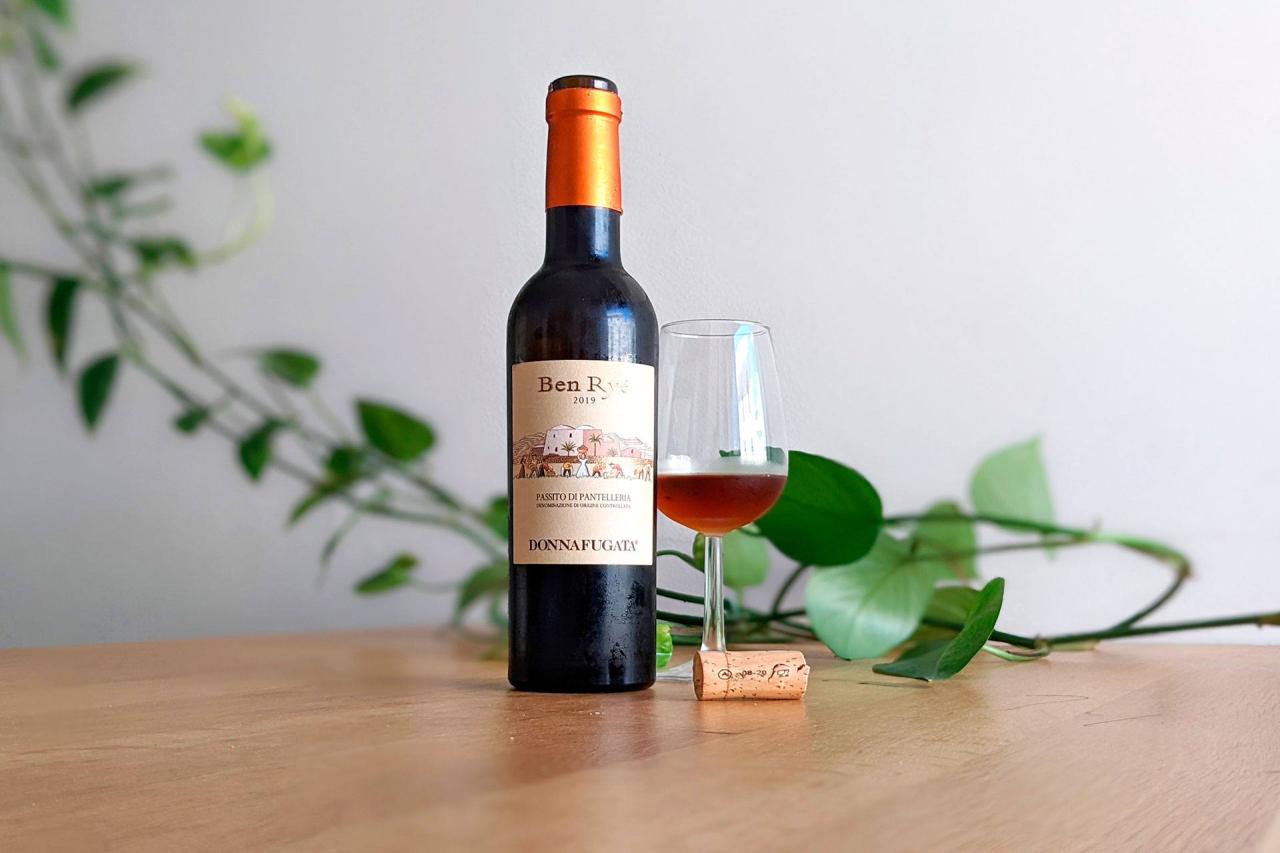
Very sweet white wines
These wines are popular in both cold climate countries, such as Canada, where they make Ice Wines by allowing grapes to ripen covered in ice, and warm climate countries, such as Spain, where they make Pedro Ximenez Sherry.
Very sweet white wines typically taste like liquid golden raisins, figs, or apricot jam. Passito wines are Italian dessert wines made using the "appassimento" method, which results in wines with high ABVs and sweeter flavors. Vin Santo and Rutherglein Muscat are two other types of very sweet wines.
All of these wines can be enjoyed on their own or with fruit-based desserts or vanilla and caramel ice cream.
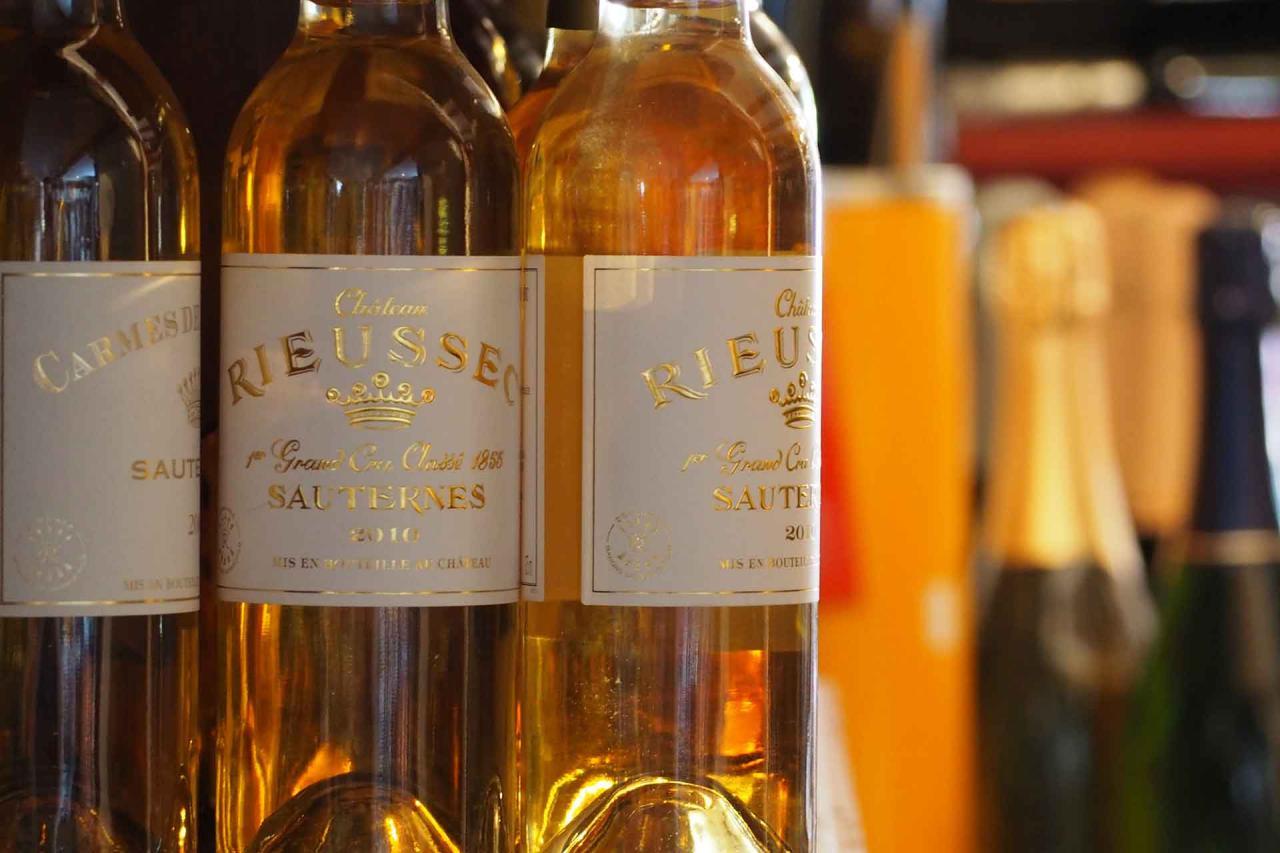
Sweet white wines
Sweet white wines include those that are labeled as "late harvest" or "botrytized." Auslese Riesling is a popular late-harvest German wine. By harvesting the grapes later than usual, the sugars become more concentrated, resulting in sweeter wines.
Botrytized wines include Tokaji and Sauternes. This indicates that the grapes were contaminated by Botrytis cinerea, a mold that grows on ripe wine grapes under certain climatic conditions.Before you get too worried, this mold is not harmful and can actually help you make sweet white wines by dehydrating the grapes and concentrating the sugars and flavors.
White Ports, despite being fortified wines, also fall into this category. While they aren't as well-known as their red peers, they're definitely worth a shot. Sweet white wines can be enjoyed on their own after a meal, with fruit and cream-based desserts, or mixed into a cocktail.
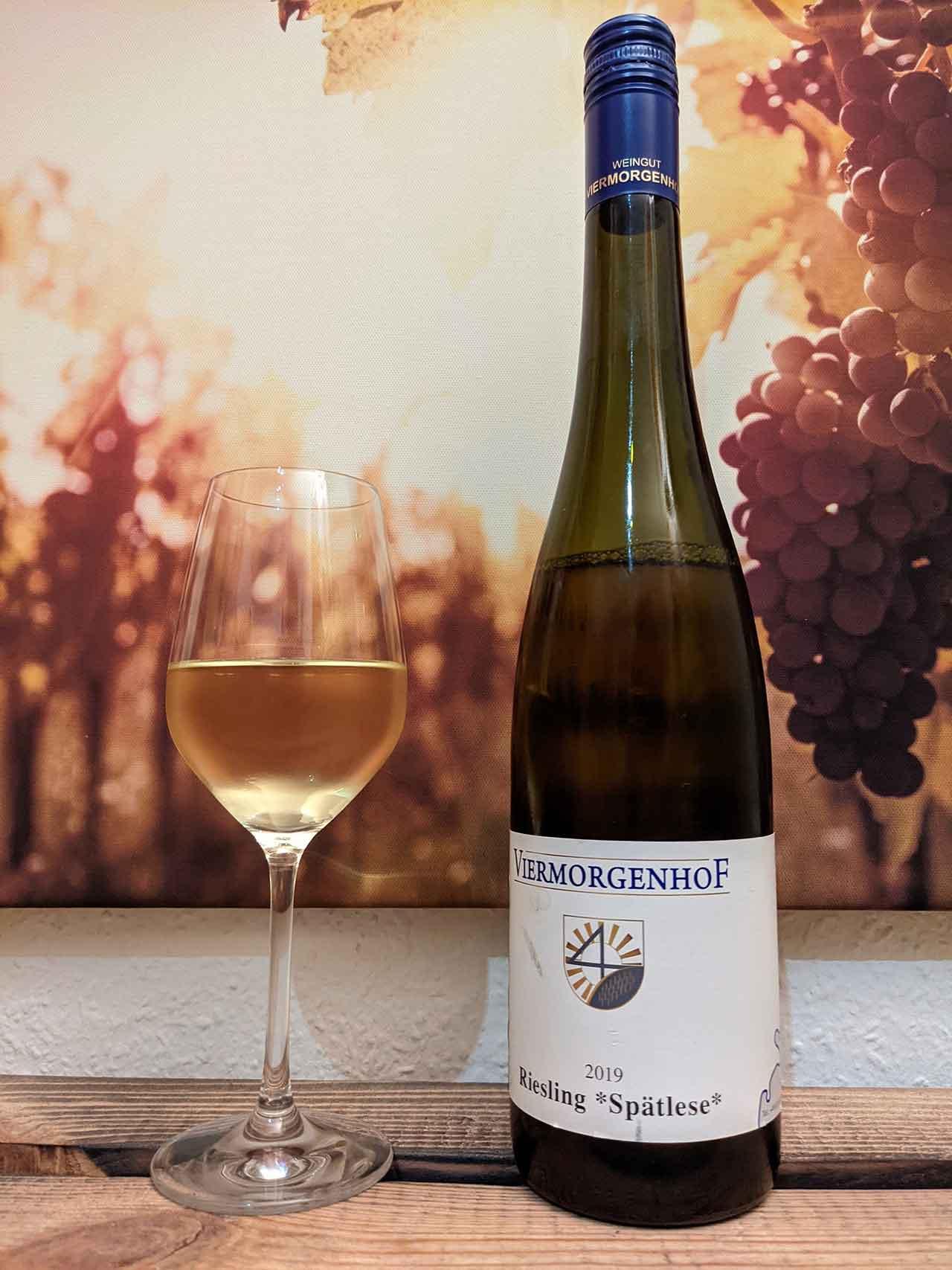
Semi-sweet white wines
Wines in this category have characteristic notes of tropical fruit and perfume. Spatlese Riesling belongs in this category because it’s made from ripe grapes, but it’s less sweet than the Auslese Riesling that we mentioned earlier.
Pinot Gris made in Alsace, France also falls in this category, with its flavors of honeycomb and lemon candy. Gewürztraminer and Moscato, can also make semi sweet wines.
Gewürzt gives wines with high ABVs and pineapple scents while Moscato gives some excellent sweet and frizzy wines. Enjoy these wines with a platter of light cheeses and crackers or with quiches.
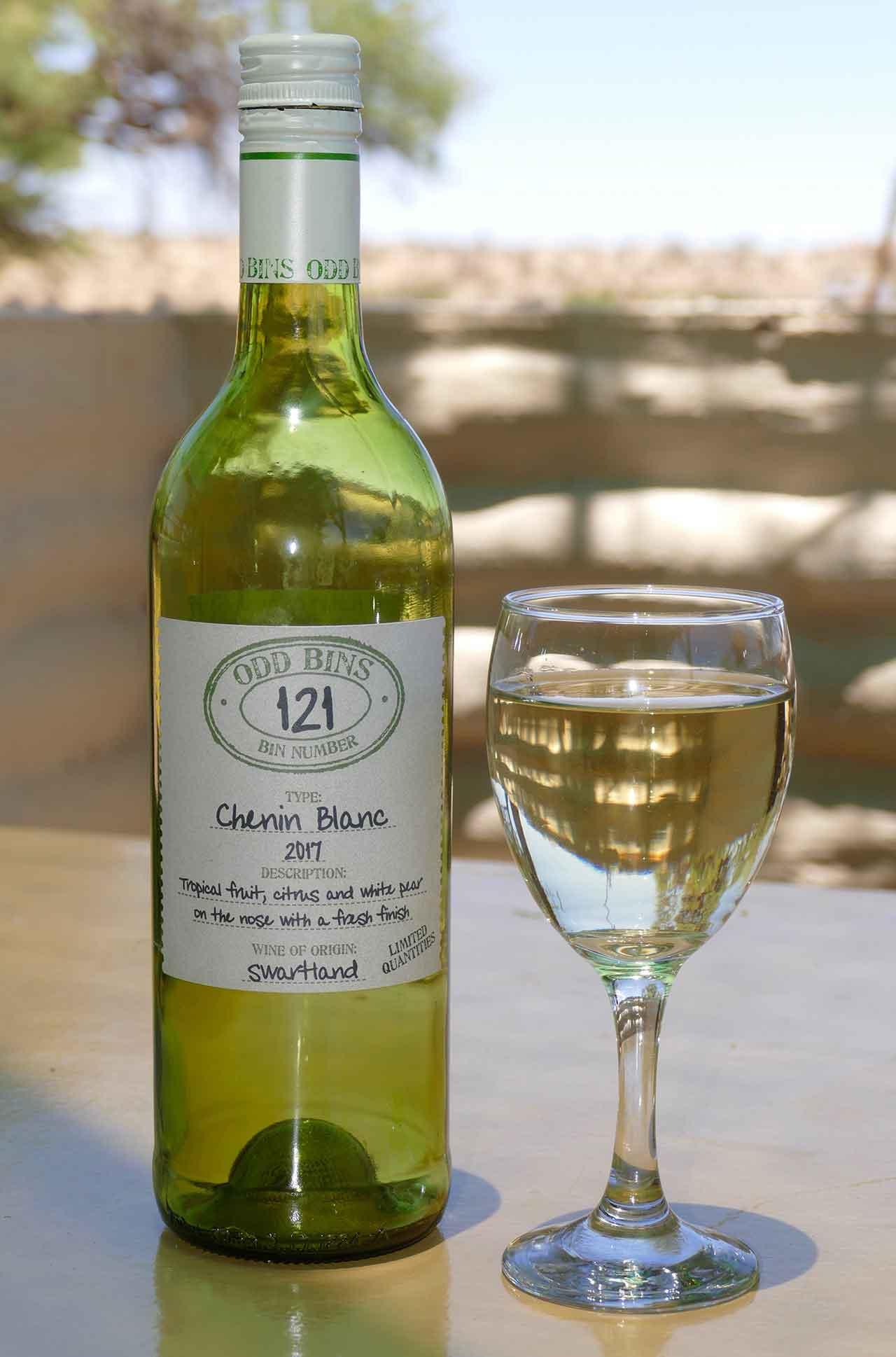
Off-dry white wines
Off-dry white wines are possibly the most popular type of white wine. They have a honeycomb and lemon flavor and are light and refreshing enough for everyone to enjoy.
Wines in this category include Kabinett Riesling, which is made from ripe grapes but is less ripe than those in the previous categories, Chenin Blanc, which tastes like pineapple and pear but with a spicy twist, and Müller-Thurgau, which has distinctive lemon and lime aromas.
Pair these wines with light meats like poultry, seafood or mushroom tarts.
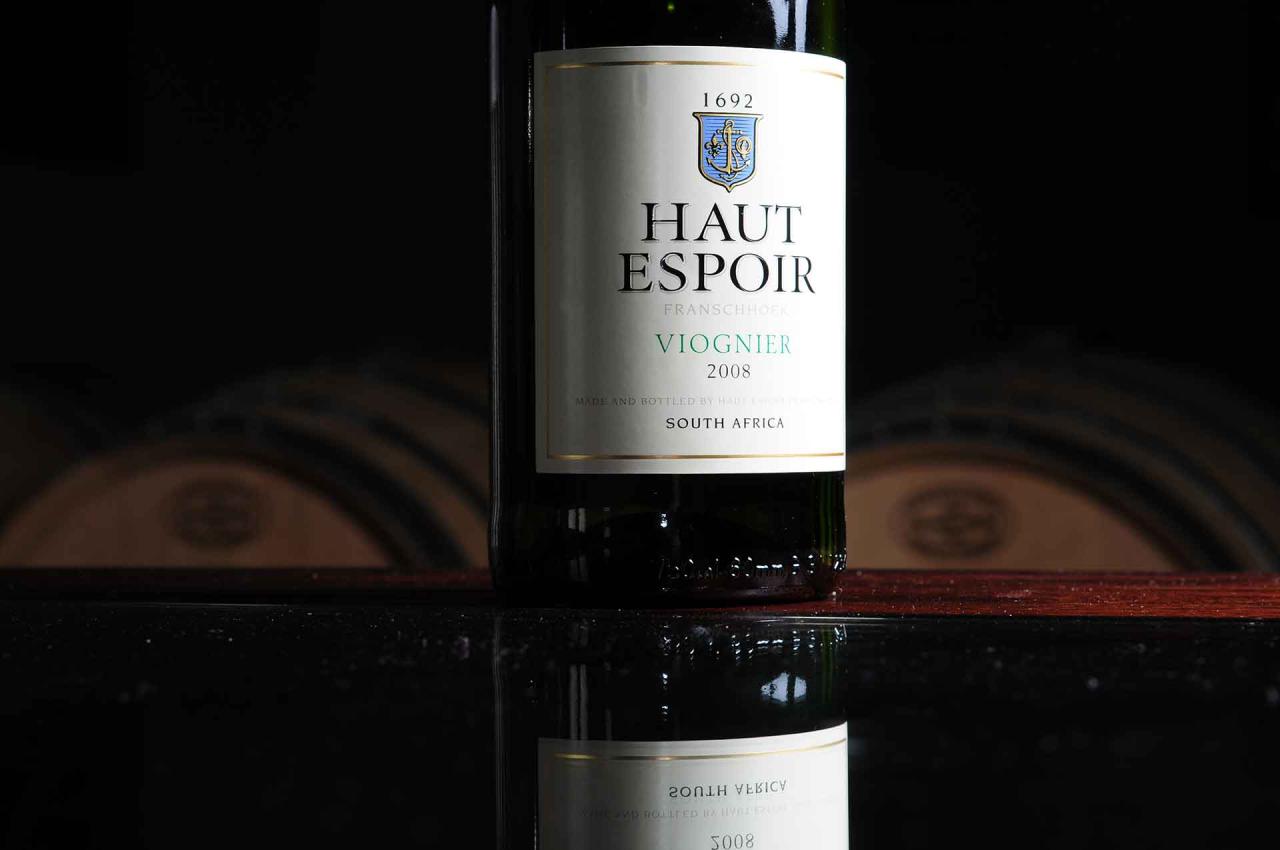
Dry white wines - peach, flower and sweet lemon
There are four types of dry white wines. Starting with whites that taste like peach, flower, and sweet lemon, it's likely that you'll find some favorites here.
Torrontés is a very floral wine that may smell sweet but is made dry. Pair with Asian or Indian cuisine because the aromas of rose petals and flavors of white peach and lemon complement the spices used in these dishes.
Riesling and Pinot Gris are two grape varieties that can produce a wide range of wine styles. American made Pinot Gris has strong fruit flavors and pairs amazingly with fresh vegetables and sushi, while dry Riesling is more “earthy” and acidic and can be paired with spicy meals.
Viognier is a delicate and floral wine that needs to be paired with equally light and delicate dishes like lobster.
Dry white wines - yellow apple and pineapple
In the second category of dry white wines, we have those that taste more like yellow apples or pineapple. Here we have some favorite French and Italian varieties.
Chardonnay grapes can give great fresh wines that taste a lot like apples and pineapple with a characteristic buttery note to them and pair greatly with oysters. sushi and seafood in general.
Marsanne and Roussanne are commonly found together in blends, since both have notes of apricot and beeswax.
Trebbiano is an Italian favorite that is, surprisingly, also used in the production of brandy. It tastes a lot like white peaches, lemons and basil.
Finally, Semillon also lands in this category, with notes of apples and beeswax. All these wines are perfect matches to seafood because of their delicate flavors and saline qualities.
Dry white wines - grapefruit and green apple
In this subcategory of dry white wines we have Vermentino and New Zealand grown Sauvignon Blanc.
Vermentino is a not very famous Italian variety that tastes a lot like green apple, but the most surprising thing is that it also has a characteristic daffodil aroma.
The Marlborough region in New Zealand is prized for making some of the New World’s best Sauvignon Blancs. The wines of the area have intense aromas of passion fruit, gooseberry, along with grassy-lemongrass flavors. Both of these wines are full-bodied and can match grilled meats and seafood.
Dry white wines - savory flavors and herbs
In the final subcategory of dry whites, we have those with savory and herbal flavors. Verdejo and Grüner Veltliner are probably the best examples of herbaceous wines. The first one has lime, honeydew and characteristic fennel aromas while the second tastes more like asparagus and white pepper.
Due to their high acidity and bitterness, they can be paired with strong flavored foods like fish tacos because it acts as a palate cleanser.
Finally, a Sauvignon Blanc from Pouilly Fume can’t be missing from this list. Its characteristic flinty aroma makes it a perfect match for tomato tarts or lemon chicken.
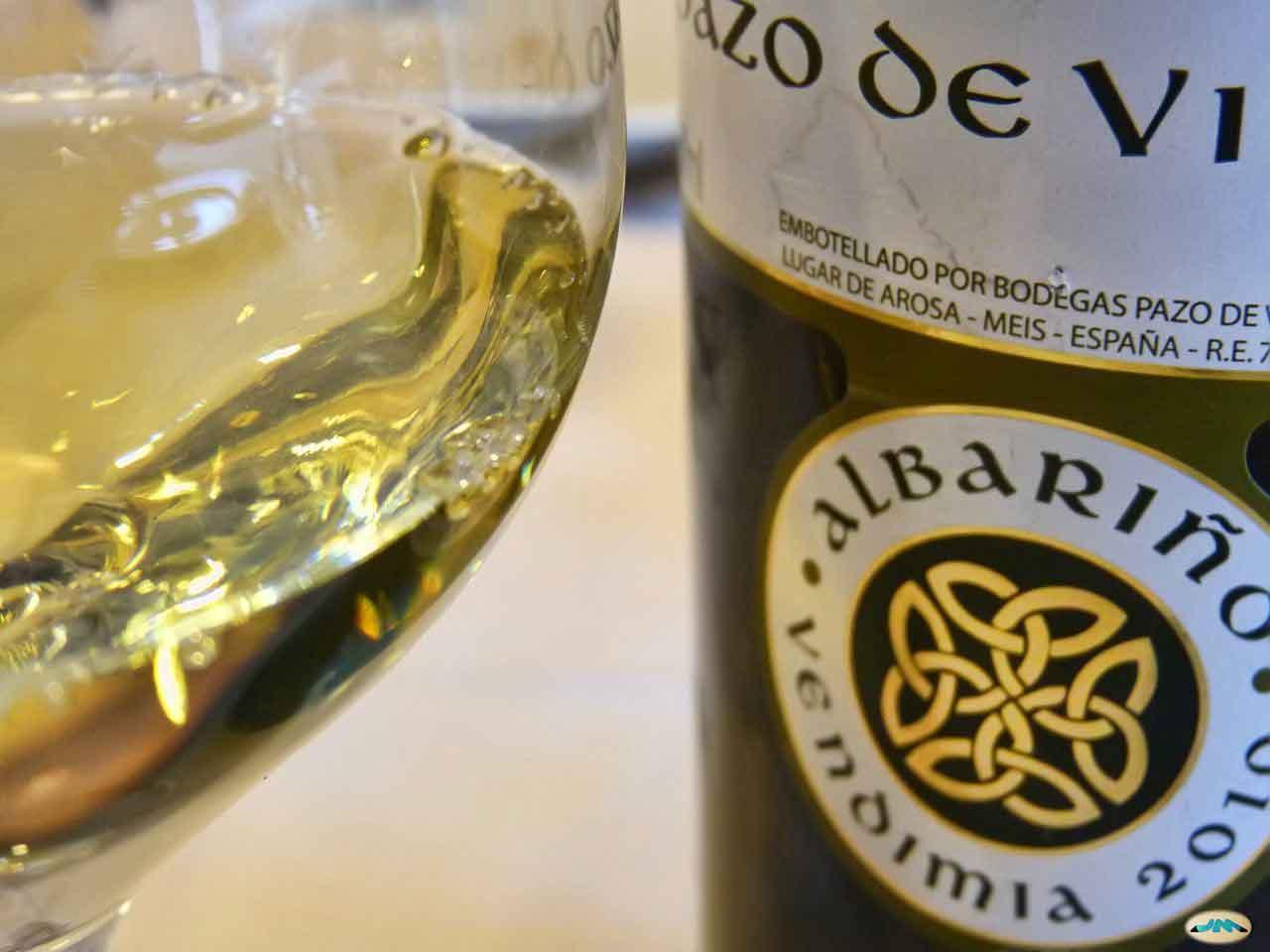
Bone dry white wines
Reaching the end of this article, we have the least sweet level of white wines, the bone dry ones. There are many wines that fall in this category and they generally taste like citrus fruits along with a mineral quality.
Wines in this category include Pinot Grigio, Albarino, Soave, Furmint, Gavi, Muscadet, Chablis, Grenache Blanc, Macabeo, Vinho Verde, Grillo and Arinto. See any of your faves?
Due to their high levels of acidity, these wines generally pair better with creamier dishes like chicken Alfredo. Vinho Verde, surprisingly, despite being young, can match Thai food and spicy dishes.
Conclusion
We hope that this article has helped clarify things when it comes to the white wine sweetness chart. Since there are over 10,000 varieties of wine grapes in the world and not every variety falls easily somewhere in this chart, we only covered some of the basic and more popular ones, so we welcome you to use this article as a guide while you do any extra studying for your favorite variety.
You made it this far and now you know about white wines and their sweetness/dryness. You might find interesting also this twin article about red wines sweetness/dryness.
Photo credits Torsten Maue, Bernard DUPONT, Paul Scott, juantiagues

